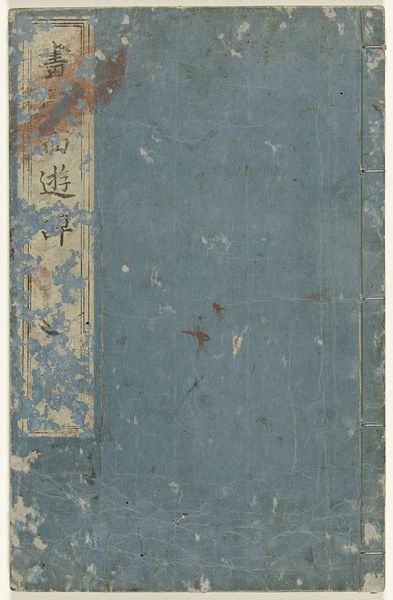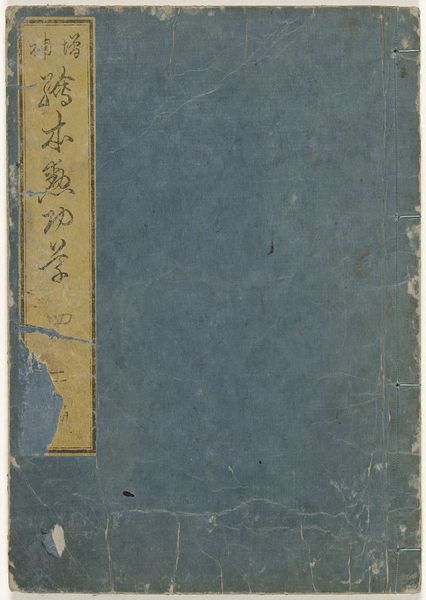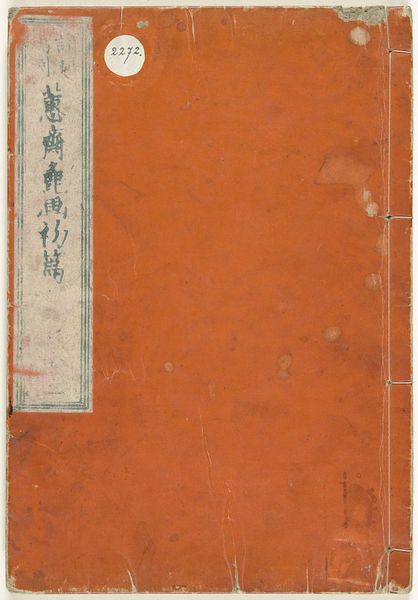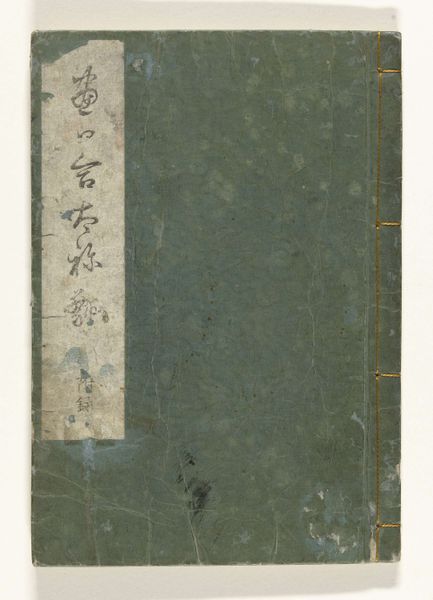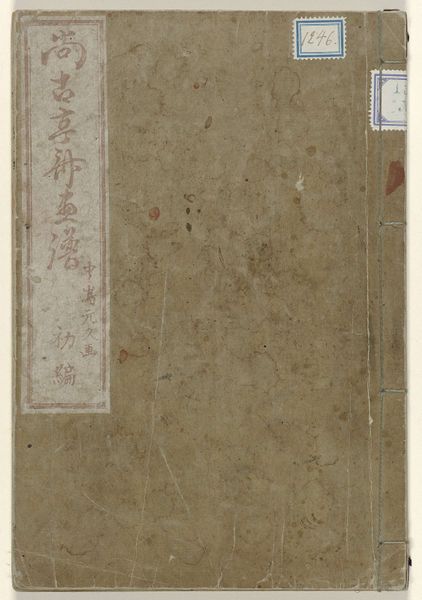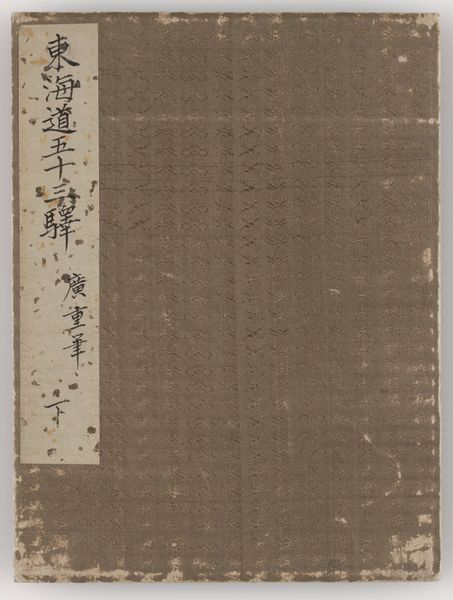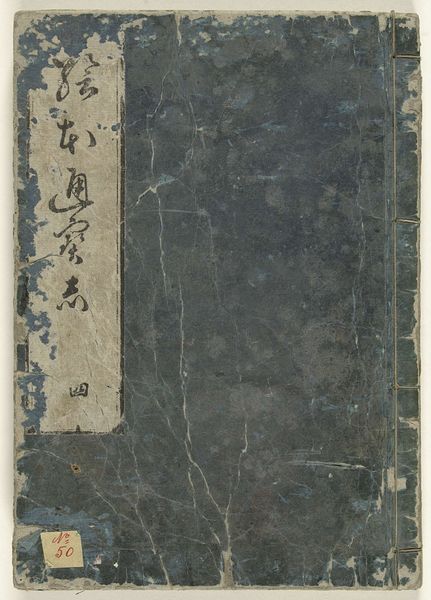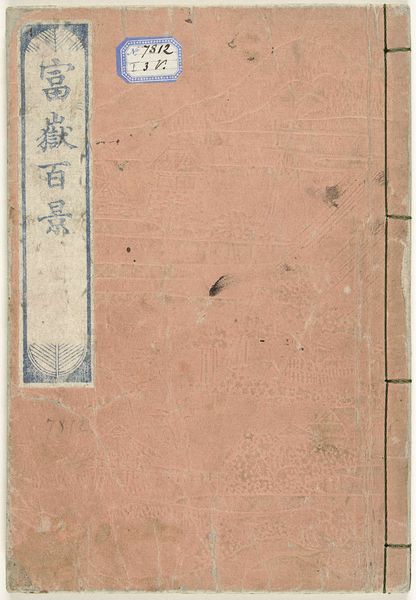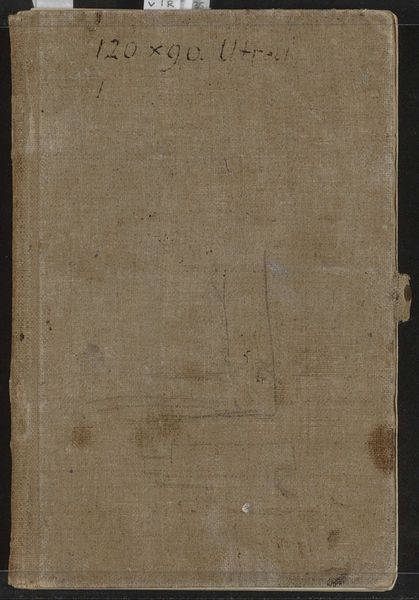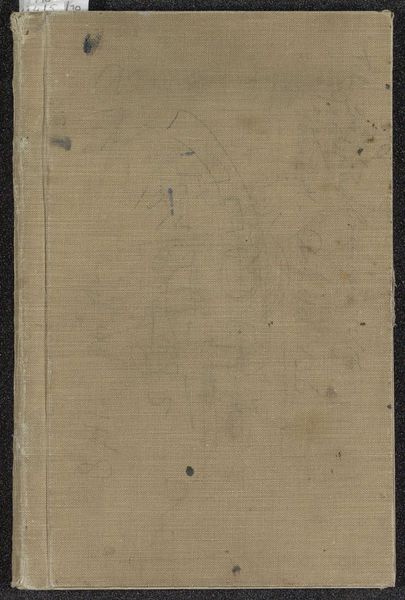
print, paper, watercolor
#
aged paper
#
toned paper
#
water colours
# print
#
ukiyo-e
#
paper
#
watercolor
#
coloured pencil
#
watercolour illustration
#
calligraphy
Dimensions: height 270 mm, width 175 mm
Copyright: Rijks Museum: Open Domain
Editor: Here we have Shiba Kōkan's "Illustrated Account of a Trip to the West," dating back to 1803. It appears to be a print, maybe with watercolor touches, on paper. I’m struck by its weathered look; it carries such visible age. What kind of stories can we read into the iconography here? Curator: The age itself is profoundly symbolic, isn’t it? It whispers of survival, resilience, the passing of time etched onto the object itself. Notice the calligraphy; it’s not merely text, but a visual signifier deeply rooted in East Asian artistic traditions. Editor: Absolutely, the calligraphy anchors it to a specific cultural context. But, even without understanding the characters, it adds to the visual texture. Is the 'west' in the title literal or metaphorical, or both? Curator: Intriguing question. The “west” is almost always both, isn’t it? Literally, it would denote journeys to other regions or even countries. But metaphorically, in many Eastern traditions, west can be associated with paradise, enlightenment, or the afterlife. A journey of transformation, perhaps. Editor: So, the artwork could be understood on multiple levels: as a travelogue and spiritual quest. Are there visual cues supporting that reading? Curator: The very act of illustration elevates the journey beyond the mundane. Consider the recurring motifs in Ukiyo-e prints: fleeting moments, celebrated landscapes, and the transience of beauty, all pointing to deeper, underlying meanings. Editor: That makes me see the aged paper as more than just wear and tear, but also symbolic. The paper mirrors the idea of something transforming over time, the journey the account describes. Curator: Precisely! It's the artifact mirroring the story. The cultural memory held within its fibers. We are not merely observing; we're participating in its ongoing narrative. Editor: That’s a beautiful way to think about it. I’m taking away a renewed appreciation for how an artwork’s age and physical properties can be powerful symbols in themselves. Curator: Indeed, seeing beyond the immediate surface, looking at the symbolical intent that echoes beyond, makes it so much richer.
Comments
No comments
Be the first to comment and join the conversation on the ultimate creative platform.



